Original INTERVIEW/FEATURE at La Imprenta Here
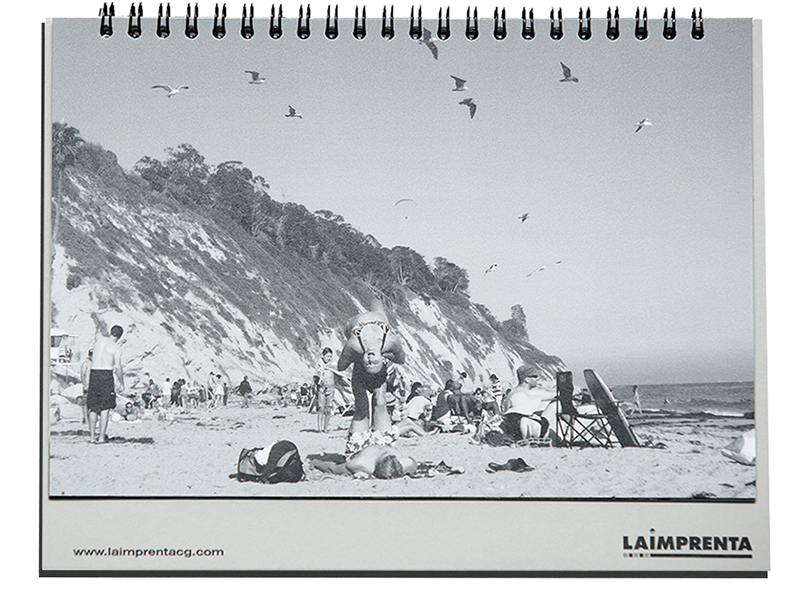
Give us 4 words to describe your creativity as a photographer.
Instinct, introspection, curiosity, transcendence
What motivates you to take a photograph?
My photography tends to function on an experiential, sentient nature. My approach is largely unscripted. I am not necessarily looking to make photographs much of the time, but react on impulses perceived in the undertone characteristics of specific places. We all experience how our internal, emotive selves are malleable in relation to our environments. Exploring that dualistic interplay is one of great concern to me. Perhaps because the reward is always insightful, but also, it’s the fundamental place to begin creative thought and output, in my opinion.
Life is full of undercurrents. Photographing is an attempt to give visual intimations to the psychology of feeling. It allow us to borrow the surfaces of reality, which we all witness and recognize, but contextualize individually with varying degrees of meaning.
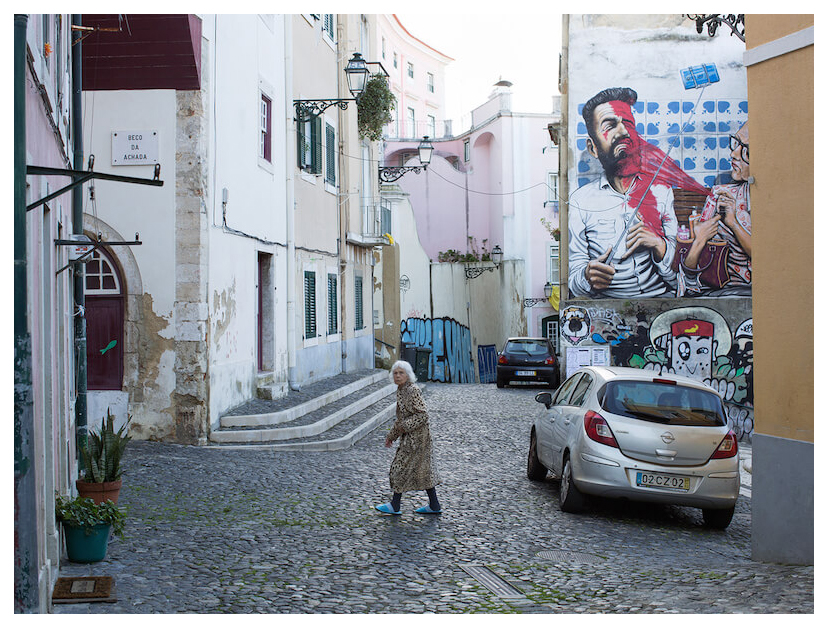
What circumstance(s) helped you in making the decision of becoming a photographer?
Quite simply, I am one who is prone to expression. I’m constantly curious and cognitively aware of my affections, concerns, confusion, frustrations, hopes, and many more things existential, that tease me, always tugging on my shirt collar.
Expression first came to me in the form of music. First, listening to music obsessively from a very early age. I had the fortune of an older brother blasting Jim Morrison and The Doors in our house, John Lennon’s “Cold Turkey”, Elton John’s “Bennie and the Jets”, all that good shit.
Inevitably, I picked up a guitar at 11 years old. I ended up studying jazz guitar and dabbling in improvisation through my early college days. But, I think playing music wasn’t solitary enough for me. Musicians can be a tough crowd to be around. Too much ego.
I could be classified as somewhat of an introvert. Silence is a headspace I enjoy and find proactive. I like being in that quiet, contemplative place.
Photography, which came to me somewhat randomly in college, while looking at a book of war photography, struck me almost instantly. A friend had convinced me to take a beginner’s course on photography. Afterwards, I really never looked back. Within a year I was enrolled as a journalism major and concentrating in photojournalism, discovering the mechanics of visual reportage and making photo essays.
What is the most important quality you feel as a photographer?
Longing.
Again, a longing for expression. All the photographers I admire are continually probing the language of the medium. Photography often fails in transcribing reality and gives the viewer something perhaps better and more mysterious to formulate into thought. Failure keeps us “digging”. Neil Young, in an interview with Terry Gross (of “Fresh Air” radio talk show), compared his guitar solos to the act of mining. I appreciate that metaphor. Photography should function similarly. Always, there’s another layer to peel back and sift through.
Man, I love that guy’s guitar playing. I relate.

At a time of “over-saturation” of images, what are the qualities that make a photograph so special?
I think a photograph is most poignant and gripping when the content breathes and grunts a bit inside the frame. It should be reserved in revealing any overt intentions. I know that’s a bit ambiguous and poetic. To elaborate, we have all heard the notion of “capturing” a moment. The word “capture” itself hints at the misgivings of 98% of all photographs we see.
No one can ever truly capture a moment and all its implications. Even if one could, there is no assurance the viewer will see things with precisely the same intent. Regrettably, that’s what many people think photography can, and should do. That is a dead end, and a futile approach. There’s no authenticity in such ambition. All the facts we seem to know, and take for granted are, at best, half truths. I believe that. A photograph offers great reward when it introduces more questions and destabilizes what we think we understand. Those are the photographs worth returning to.
Do you think anyone can take a good photograph?
Given what I just said with the previous question, I obviously don’t believe so. No.
Maybe technically, with all the modern day advances in equipment, anyone can make a good looking picture. But, technical achievements do not define quality images. I see a lot more pictures I’m indifferent to, which are wonderfully rendered, but they’re not compelling. They are too obvious in their one-dimensional approach, and easily passed over. They don’t beckon return.
I look for a style of authorship when approaching photographs. How does the photographer utilize the camera? What attitude, or deceiving transparency does he or she bring to the medium? A good photograph leaves all the fine technical ingredients – timing, light, composition – at the door. The author’s trained instinct and vision is the actual door knob, or keyhole. Pardon my poetics, again. Every now and then we see a great photograph and close its door behind us. A new experience is ingrained. I’m looking for the kind of authorship that doesn’t shout in a photograph, but whispers its speculation and quests.
Most photographs don’t step beyond a “capture” and “convey” mentality. That is no fault of the majority of people making photos. They are not claiming to be photographers. They like life enough to want to memorialize its moments. They want a “memory”. I understand that, I’m equally guilty much of the time. Some amateur photographers are making great photographs, well beyond their obvious intent, and they don’t even know it. They have good instincts. The right side of their brain is churning.
This is all subjective what I say, of course.
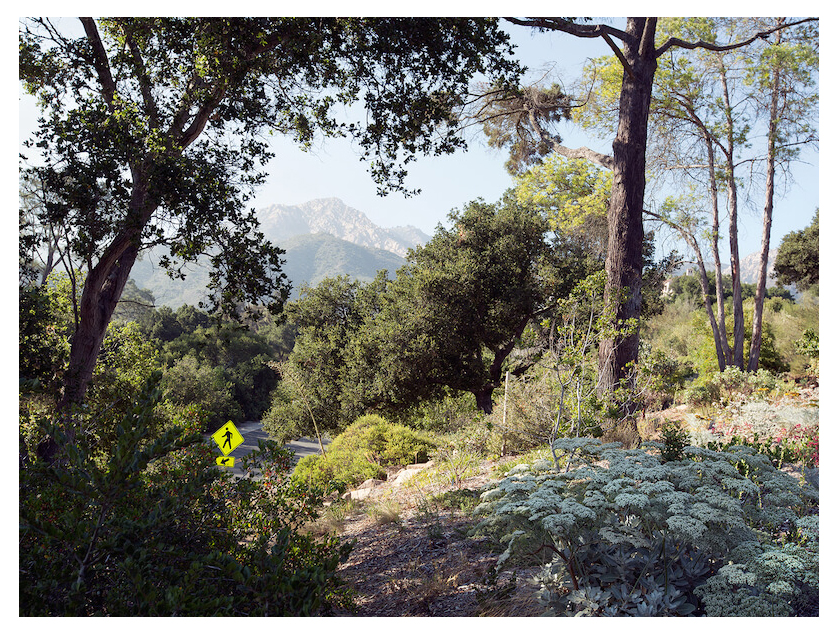
Can you mention 3 or 4 references in photography that have influenced in your work?
3 or 4, I can do. Bigger influences come from elsewhere.
William Christenberry. Gosh, have we lost a hero there with his recent passing. The sincerity and haunting nature of his work forever lives with me. I’ve witnessed many exhibitions of his that bore a major mark. I love his blend of objectivism and self expression.
Walker Evans. His impact is undeniable. He was certainly the guy who hooked me first, and kept me in the game.
I cannot deny the playfulness of Lee Friedlander’s eye and how his visual improv excited me early on.
Lastly, I have to list a photobook. I’ve collected photobooks voraciously for 20 years now. I find myself always returning to Robert Adams’ “What We Bought” over and over. It’s a large masterpiece. That book concerns itself with many disciplines of photography far exceeding the generalized approaches of picture making. Many of Adams’ books do that. He is supreme in his deliverance. How grateful we are to have him still proficiently active to this day – a divine teacher!
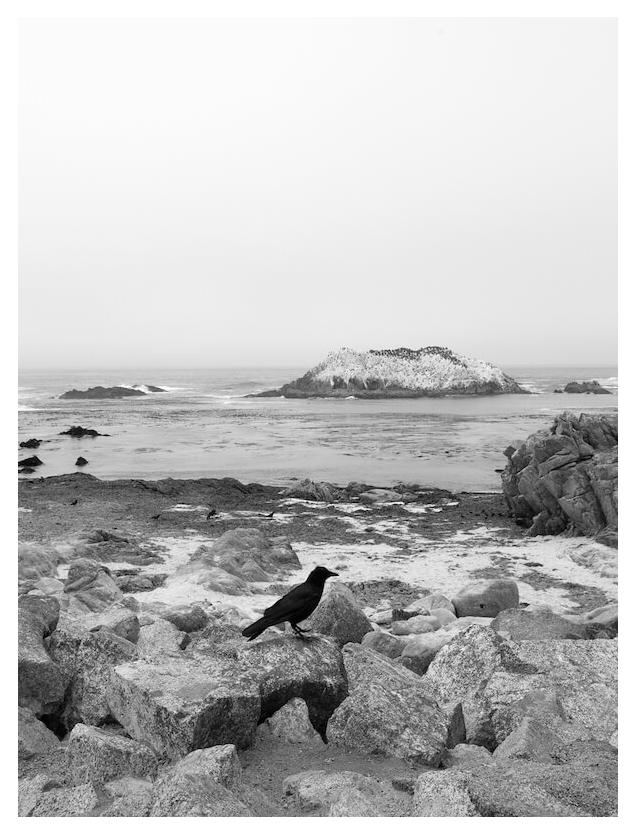
What interests, other than photography, inspire your creativity (literature, culture, cinema, music, politics, science, etc)?
I cannot thrive without music. I could speak for days of its eternal worth. All music. I am not joking when I say everything from Mozart to Megadeth moves me. All dynamics of music stimulate an energy in me. I can go to music for respite, reflection, or my lust for rock-n-roll. It’s my lifeline, if I may steal a lyric by Mark E. Smith. Ha!
There’s always several books at any given time that I’m reading. A lot of fiction, but also non-fiction, biographies, and a lot of poetry. I return to the likes of soul poets such as Charles Wright, Robert Bly, Denise Levertov, Mary Oliver, Kenneth Rexroth, and the great spiritual Sufi poems because they put us in that healthy place of self-discovery, and discovery of universal consciousness.
A friend recently turned me onto Loren Eiseley. I’m currently reading his book “The Night Country”. How did I get to my 40’s without discovering this book? The essays are so concise in defining the wanderlust and psychology of introspective thinkers. Another masterpiece that will remain at arm’s reach!
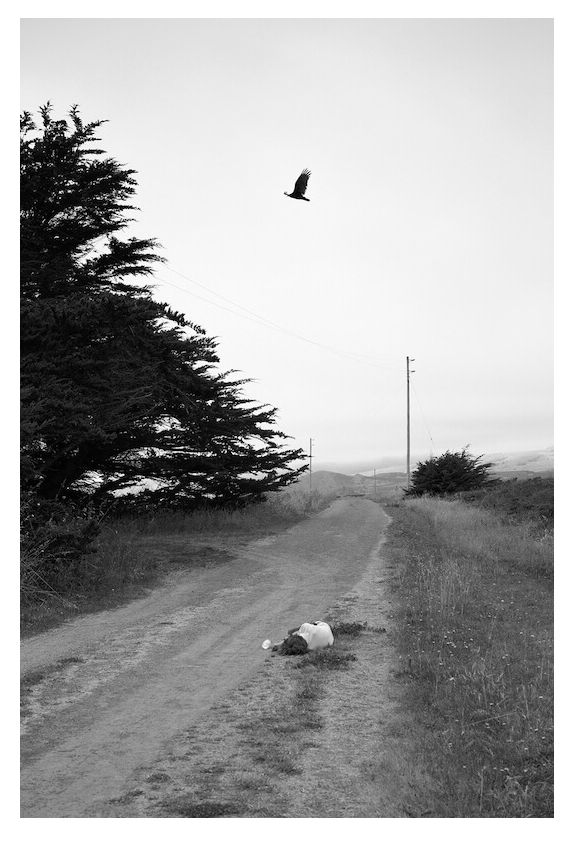
Which historical event or character (person) would you have liked to photograph?
Oh jeez. The first thought that comes to mind – a candid photograph of Thoreau in his cabin. Can you imagine! That’s as good an event as I could ever imagine witnessing! But, then again, I would regret it instantly.
What was your first camera?
Canon AE-1 with a 50mm / 1.4 FD lens. It was my mom’s camera. She gifted it to me for Christmas. I quickly moved on to the solid beast – a Canon F-1, that my first photojournalism professor sold to me.
What advice would you give to yourself if you had to start again in photography?
I would go sooner to the local community college library, where I found so many inspiring photographers.
I am referring to books like William Eggleston’s “The Guide”, Lee Friedlander’s “The American Monument”, Ed Ruscha’s “Nine Swimming Pools and a Broken Glass”, John Gossage’s “The Pond”, Walker Evans “American Photographs”, Robert Adams “Summer Nights”, and his writings in “Beauty in Photography”. Also, Garry Winogrand’s “Public Relations”, Christenberry’s “Southern Photographs”, Chauncey Hare’s “Interior America”, and the frenetic plastic camera photos by Nancy Rexroth in her book ”Iowa”.
My greatest inspirations and teachings came from sitting with those monographs and books. Experiencing them clarified how I wanted photography to function. Without those models, I’m sure I would have gotten misguided, and maybe lost interest in photographic pursuits. As different as the world of photography seems today, 25 years after I first picked up a camera, I would still begin there, with those books. Other than that, I would remind myself to embrace failure. It takes a lot of failure and many years before any pleasing self-success happens.
All images © Michael Ast